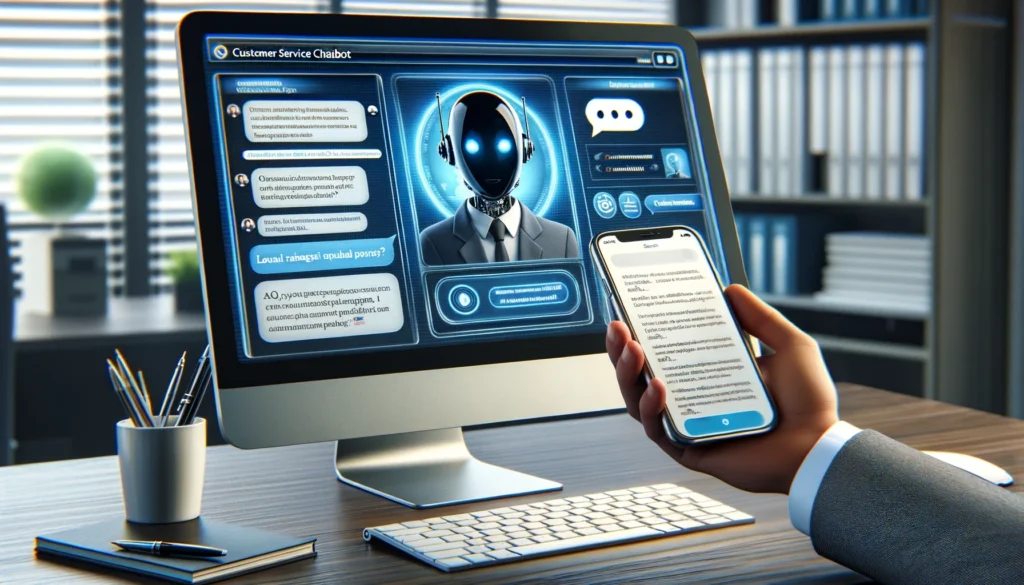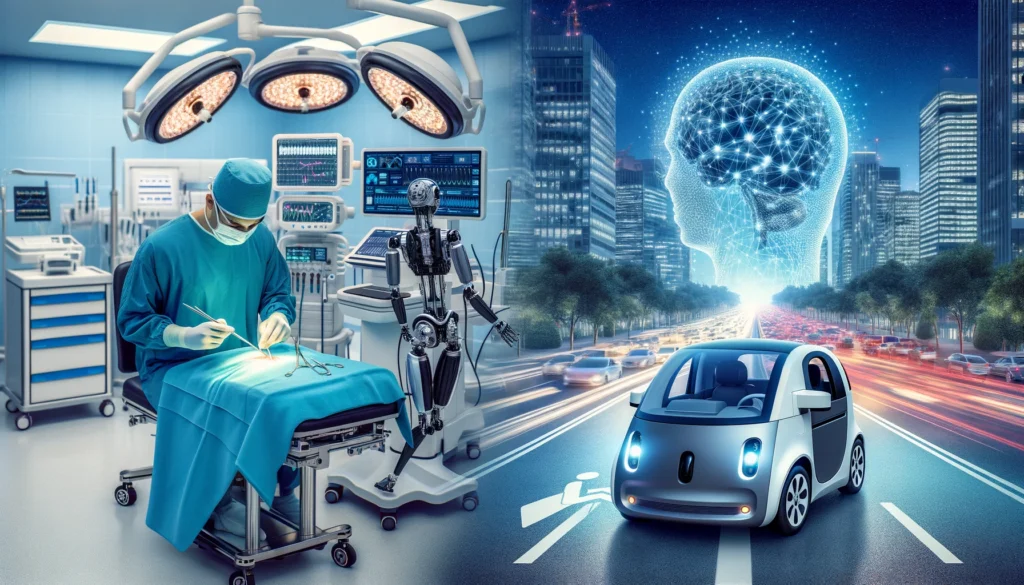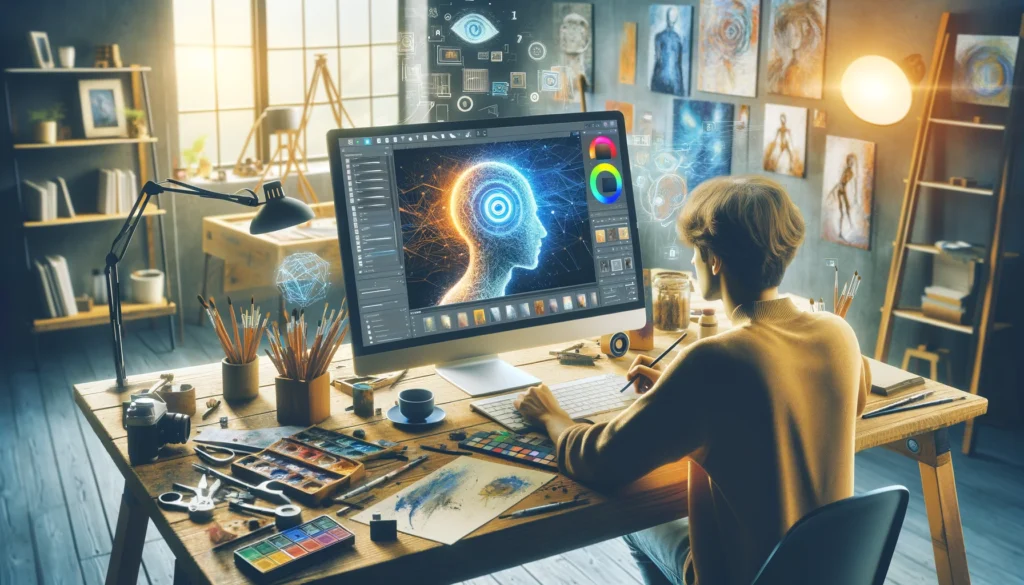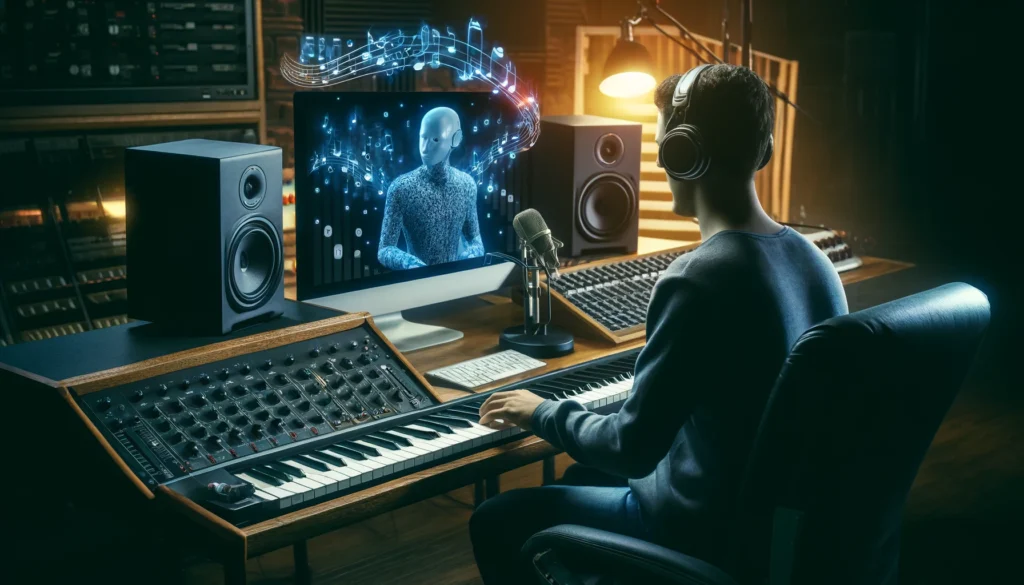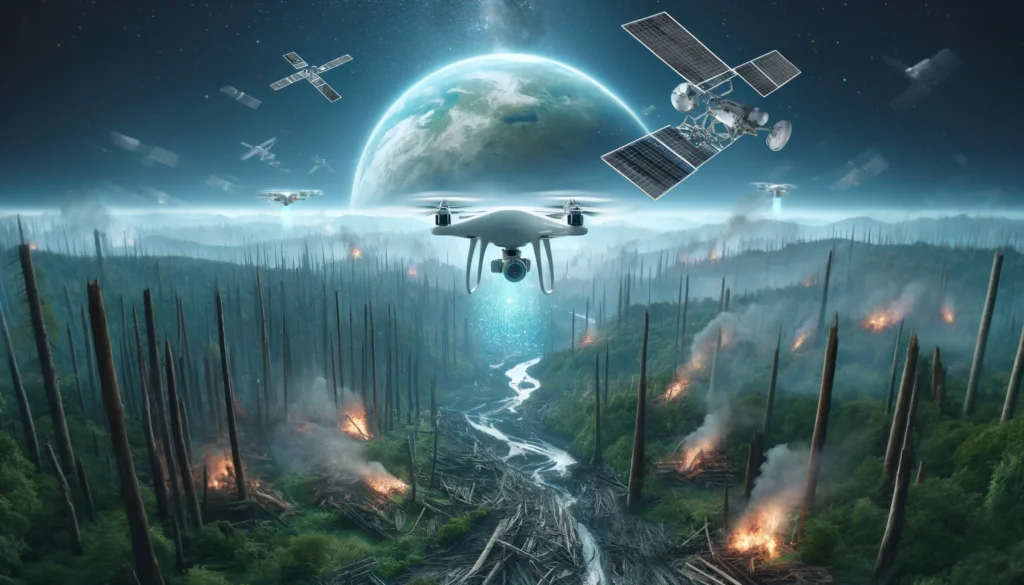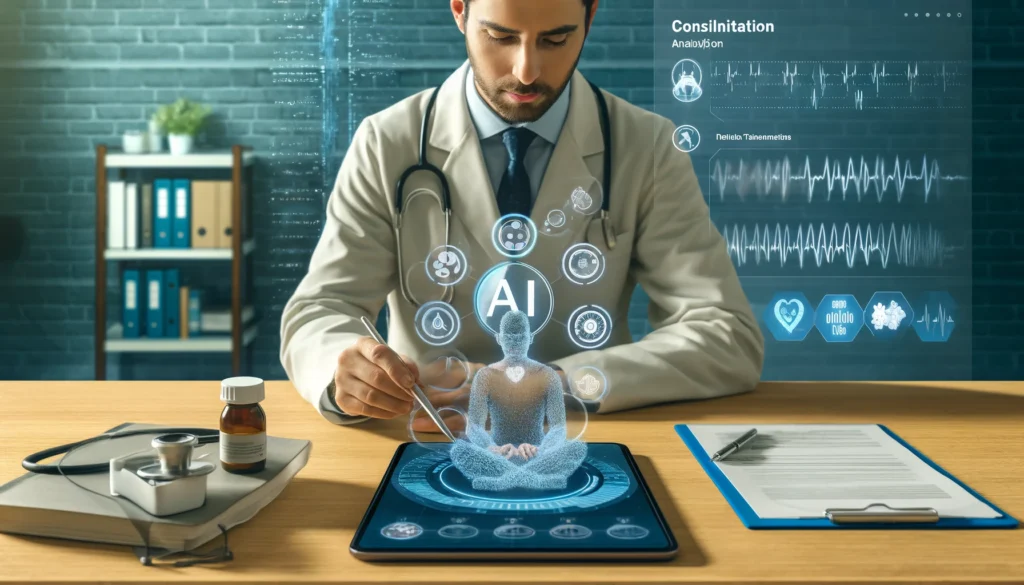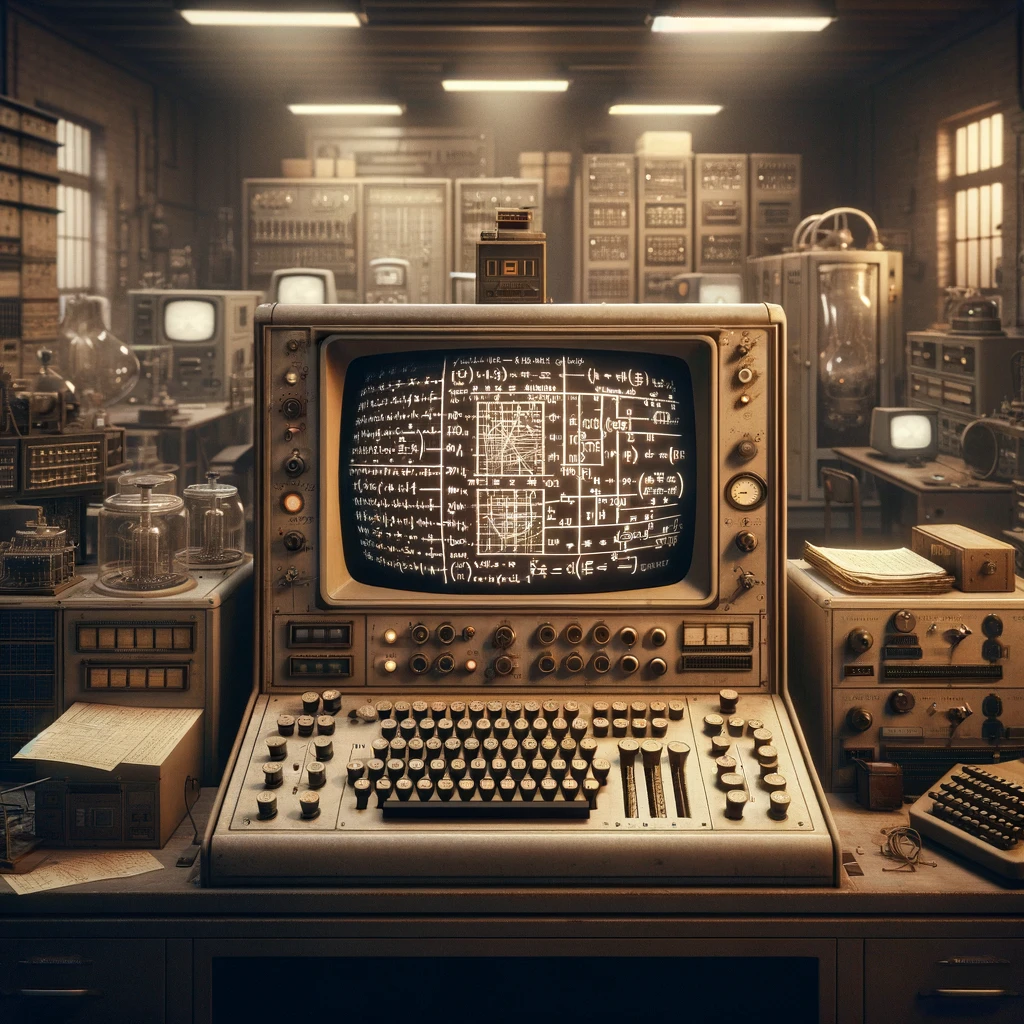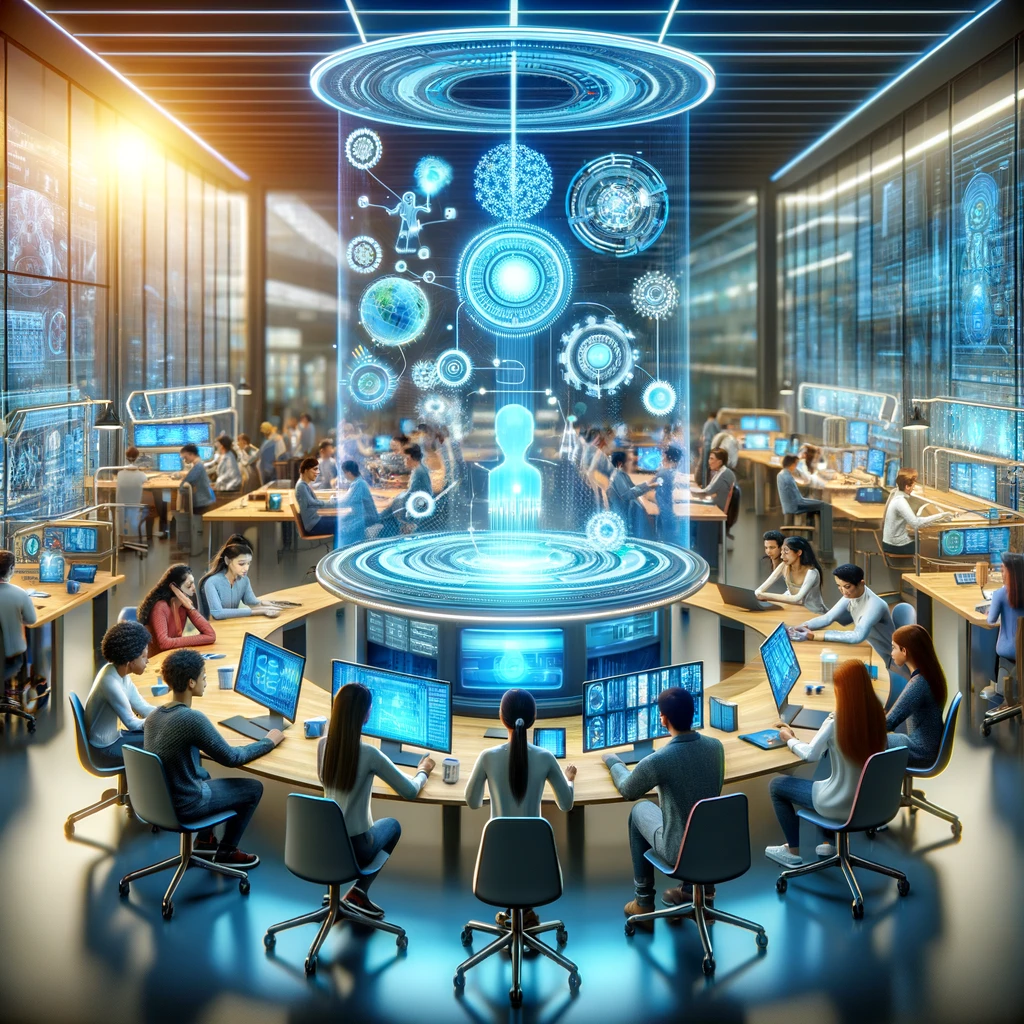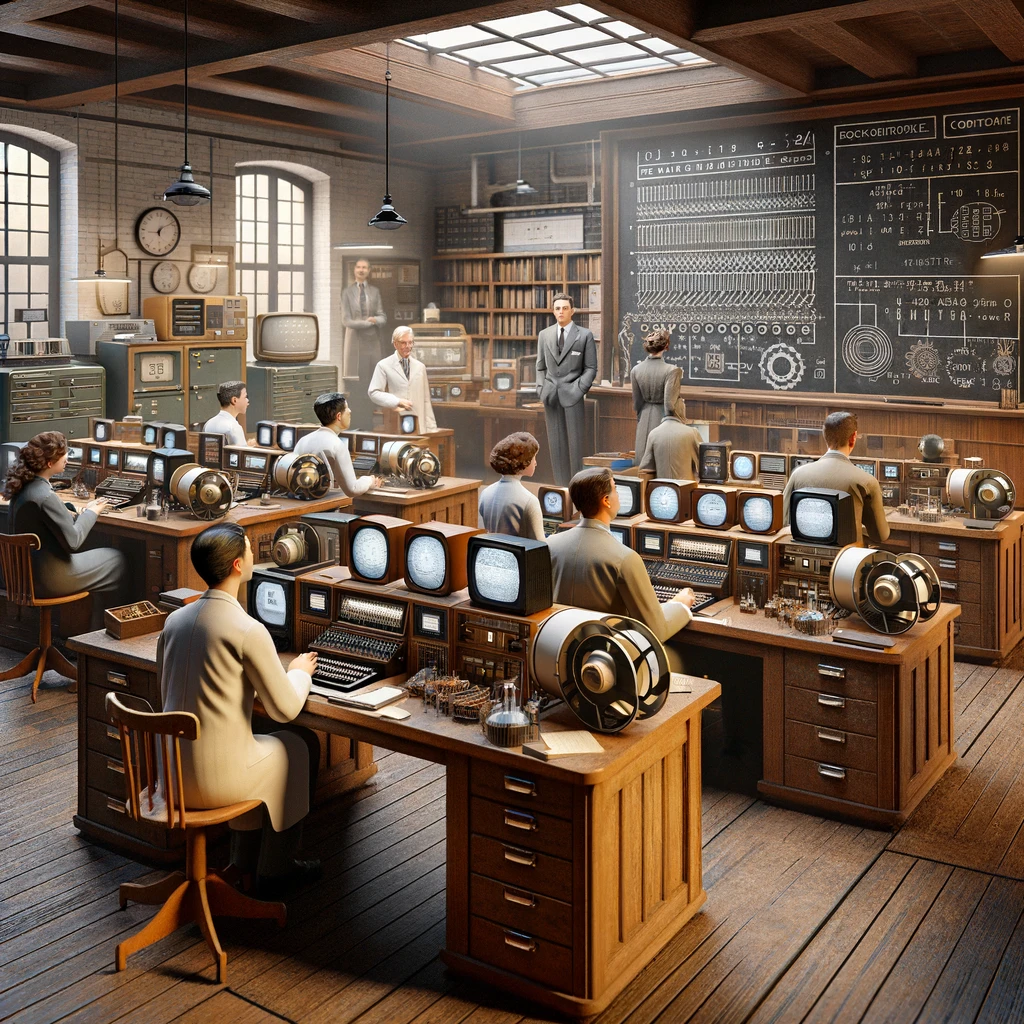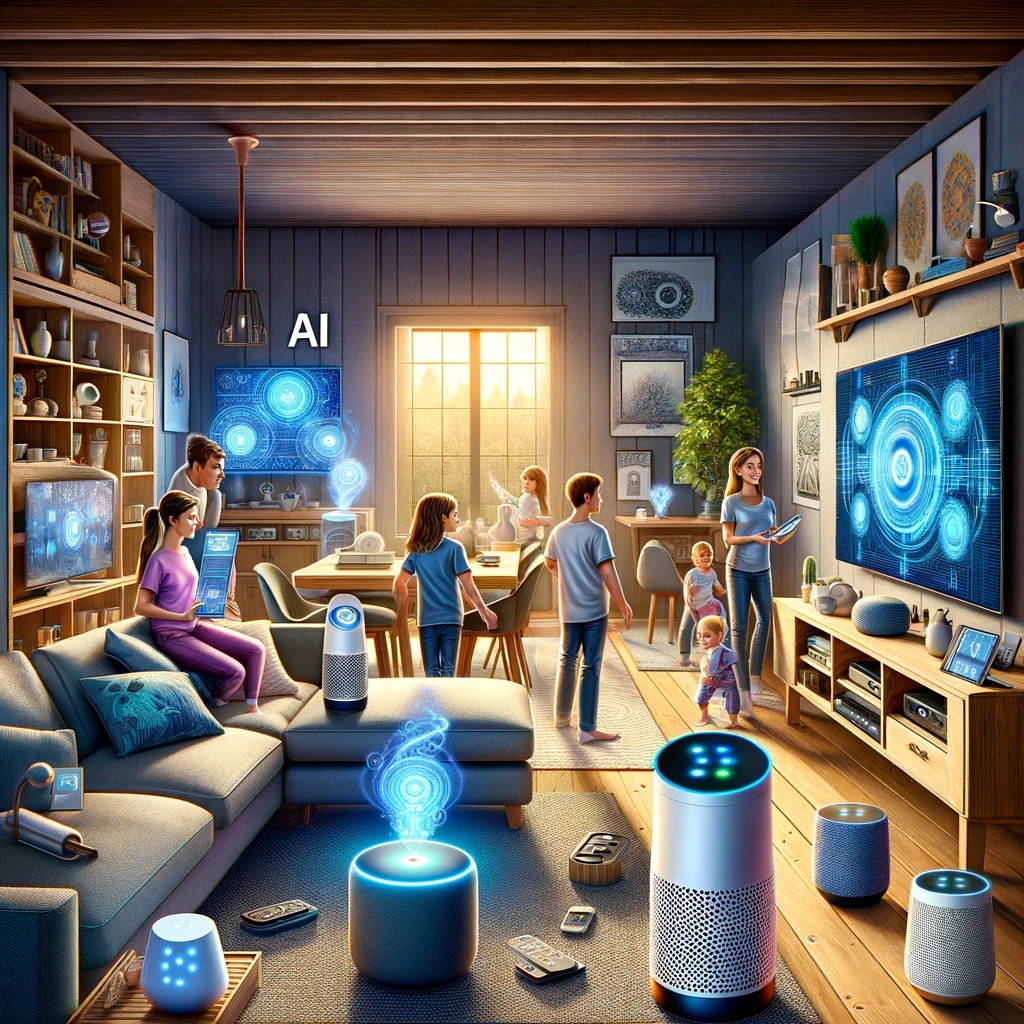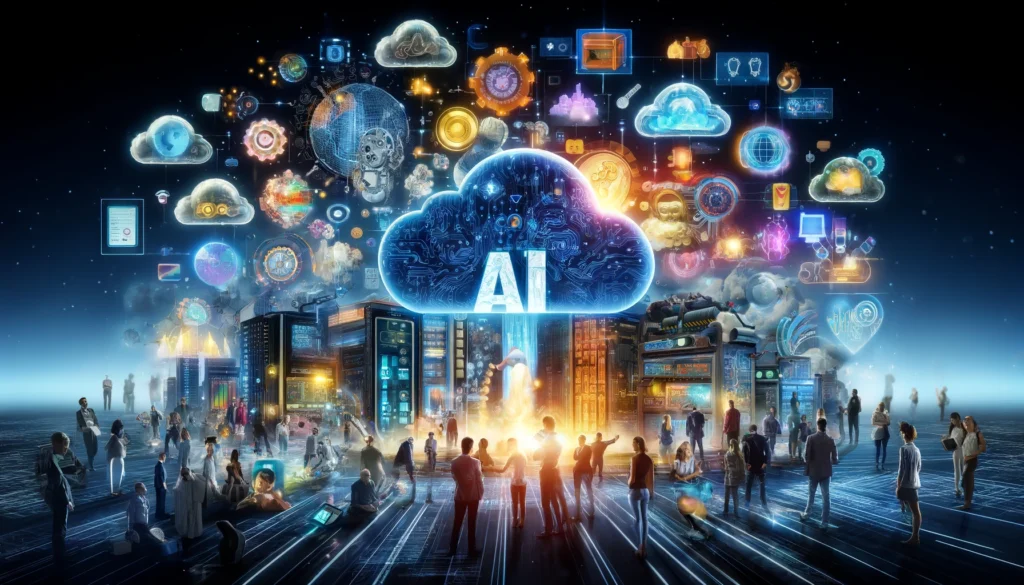Table of Contents
In the evolving realms of Artificial Intelligence (AI) and Machine Learning (ML), Deep Learning Neural Networks stand as a cornerstone technology. These systems revolutionize how computers handle complex data, enabling precise pattern recognition and decision-making. Inspired by the human brain, these networks can process massive datasets, learn continuously, and refine their performance. They play a crucial role in applications like image and speech recognition, natural language processing, and autonomous systems. This article explores the structure and functionality of neural networks, highlighting their transformative impact on technology and everyday life.
What is Deep Learning?
Deep learning, a powerful subset of AI, employs structures known as neural networks that mimic the intricate workings of the human brain. These Deep Learning Neural Networks are exceptionally skilled at handling vast amounts of data and identifying complex patterns across various data types, including numerical data, text, images, and audio. By utilizing multiple layers of these networks, deep learning models can autonomously extract features from raw data, making them incredibly effective in applications like object detection in images and real-time language translation.
The architecture of Deep Learning Neural Networks is designed to progressively learn from data, enhancing their ability to recognize subtle nuances and details. For example, in image recognition tasks, these networks can distinguish between different objects by learning various features at multiple layers, from simple edges to complex shapes. Similarly, in natural language processing, deep learning models can understand context and semantics, enabling them to translate languages in real-time accurately.
Deep learning’s capacity to handle and learn from large datasets makes it indispensable in today’s data-driven world. Its applications extend beyond everyday technology, influencing sectors like healthcare for disease detection, finance for fraud detection, and even autonomous vehicles for navigation and safety. For a comprehensive understanding of deep learning and its transformative capabilities, you can explore this detailed comprehensive guide.
Understanding Neural Networks
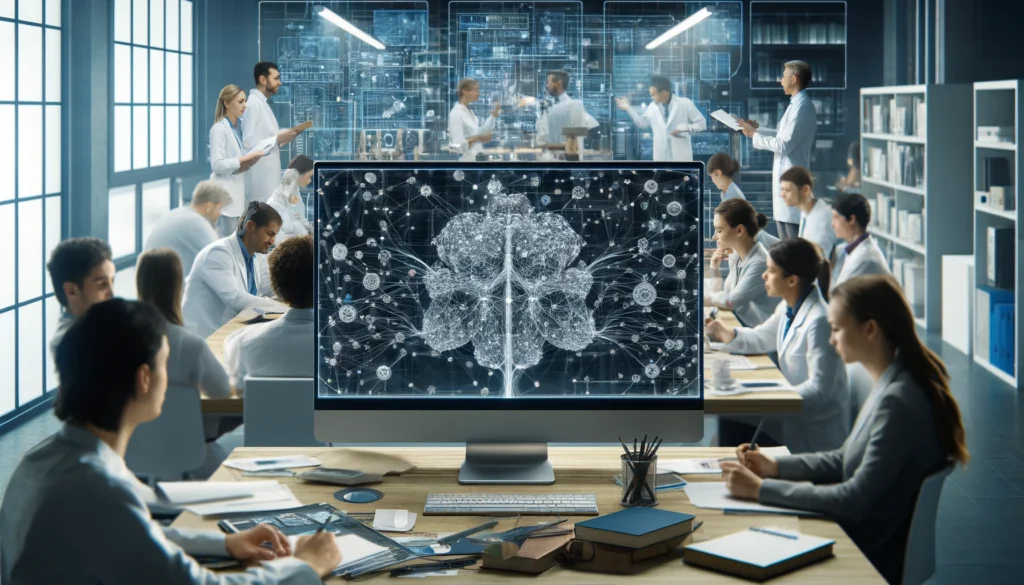
Neural networks consist of interconnected layers of nodes or ‘neurons,’ similar to the human brain. These layers include:
- Input Layer: Receives data formatted for the model to process.
- Hidden Layers: Transforms input into a usable format for the output layer. Multiple hidden layers give these networks their “deep” descriptor.
- Output Layer: Produces the final results, like identifying an image’s content or predicting text.
Training adjusts connections between neurons to minimize prediction errors and enhance accuracy. Learn more about neural network training.
How Deep Learning Powers AI Applications
Deep learning powers practical AI applications that manage complex datasets effectively:
- Image and Speech Recognition: Enhances automatic image labeling and speech-to-text transcription for digital assistants and autonomous vehicles.
- Natural Language Processing (NLP): Improves machines’ ability to understand and generate human language, evident in advanced chatbots and translation services.
- Predictive Analytics: Excels at spotting patterns human analysts might miss, useful in forecasting consumer behavior and predicting sports outcomes.
For additional details on deep learning applications, click here.
Challenges and Ethical Considerations
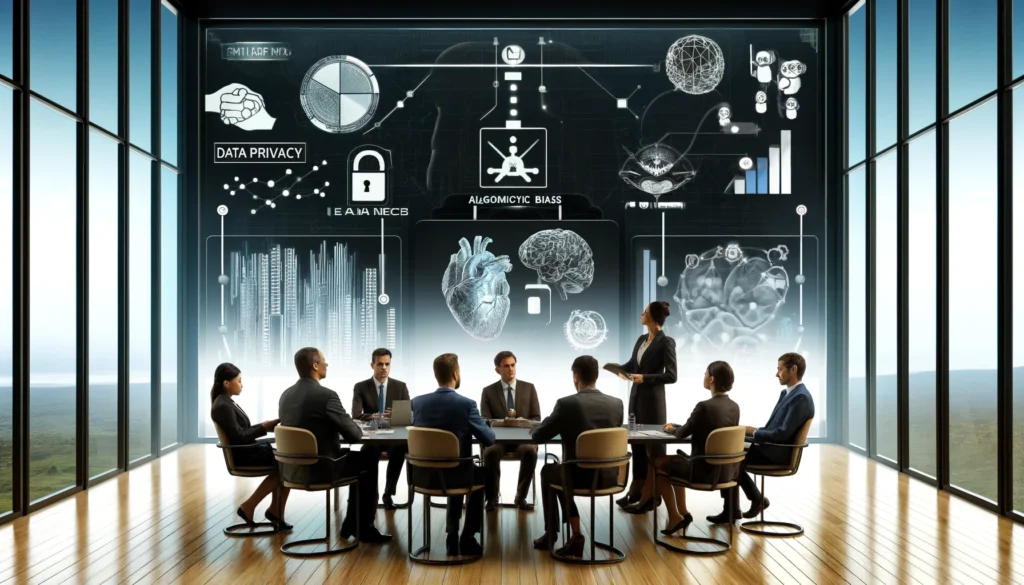
However, deep learning faces challenges. It requires vast amounts of data, raising data privacy and security concerns. Also, the “black box” nature of neural networks can obscure the decision-making process. This is a major concern in critical fields like medical diagnostics and criminal justice.
Conclusion
Deep learning continues to push AI’s boundaries, reshaping how machines learn and interact. Understanding neural networks helps us appreciate AI’s progress and future possibilities. As we delve deeper into AI’s capabilities, addressing the ethical and practical implications of deep learning will ensure we harness its benefits responsibly. For more insights and updates on AI’s impact, keep following our series on AI technologies here.

